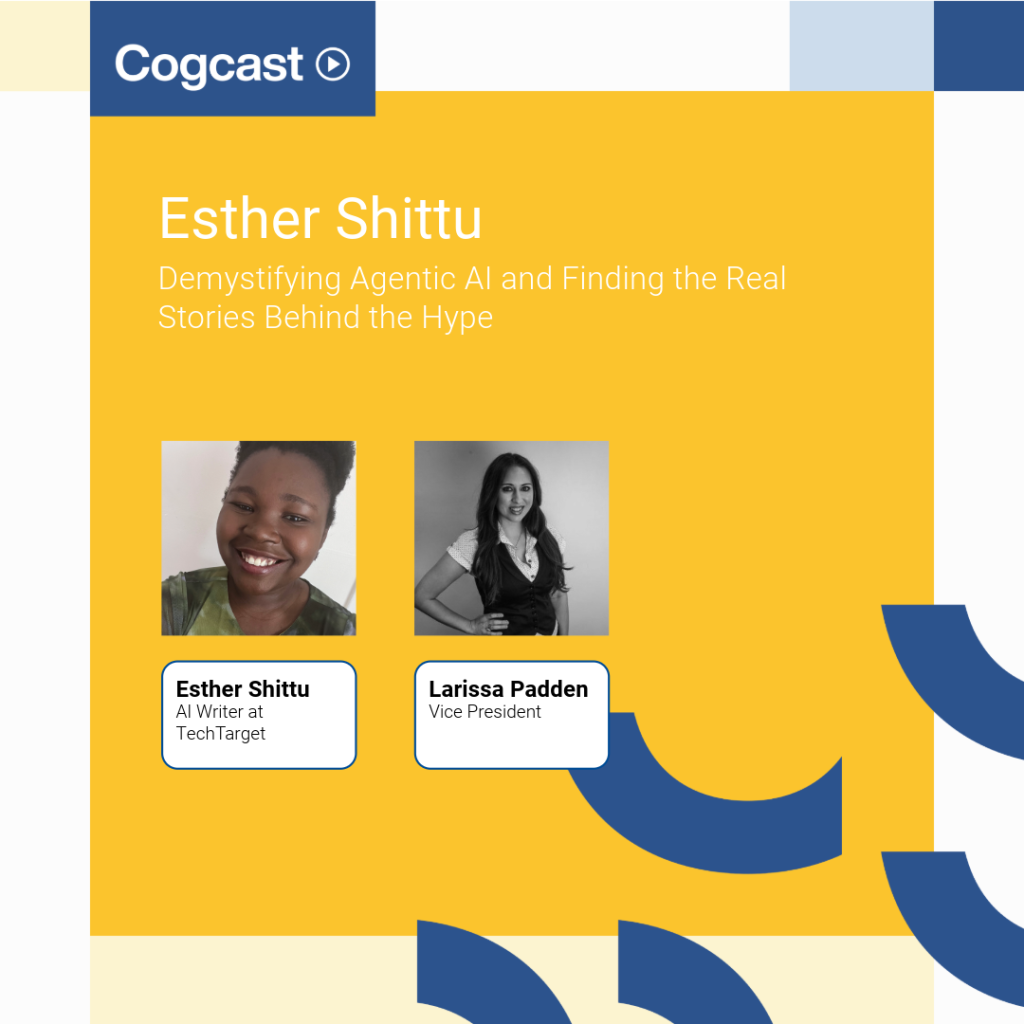For those reading from abroad, the 2025 Australian federal election can be called by our Prime Minister, Anthony Albanese, at any time now, but it needs to be held on a Saturday, at least 33 days before the deadline of 17 May.
Think of it as a Formula One driver leading the pack after a safety car has left the track – the leader wants to find an opportune time that suits its strengths and exploits the weaknesses of its opponents, which rests heavily on short-term voter sentiment. As such, the media plays a big role. (Sorry for teaching your grandmother to suck eggs, and for those interested in its etymology click here.)
Amidst a brief pause in muzzle-velocity-style headlines coming out of the US, a new two-party-preferred poll from AFR/Freshwater Strategy says that the incumbent Labor party has lost its lead. This is nothing new. The cost-of-living crisis and housing affordability issues have smashed Labour’s popularity, but the polling gap of 52 to 48, favouring the opposition Liberal National Party, is the largest we’ve seen since the last election, almost three years ago.
Back to the Formula One analogy, one area where the current government has done well is clocking up budget surpluses, without the need for a meme-coin-titled agency or an enormous Argentinian chainsaw – not bad for a traditionally centre-left party in the current global environment. The FY24 budget, delivered on 30 September last year, resulted in a A$15.8 billion surplus, and this followed a $22.1 billion surplus in the preceding year. As such, as the safety car heads for the pitstop in coming months and the leader times his run, the incumbent government may choose to flex its fiscally prudent muscles early with a pre-budget economic update and remind Australians about the deft work of its very successful Treasurer, Jim Chalmers.
Problem: Before the GFC upended the paradigm of socially-sympathetic governments outspending their conservative counterparts in spades, members of the public were well-trained to focus on federal debt and budget deficits/surpluses as a means to gauge their personal future economic outlooks. When just about every government was left with huge debts after the global economy blew up in 2008, conservative media lost a much-loved narrative that typically supported cuts to government spending in order to pay down debt – it was just no longer achievable in the short term by either side of politics.
Albanese’s opponent, Liberal National Party leader Peter Dutton, isn’t exceptionally charismatic, but—perhaps relying on Bonaparte’s ‘Never interrupt your enemy when he is making a mistake’—he has managed to make up lost ground and equal the Prime Minister’s preferred leader score. As such, it is understandable why the media is so focused on the two-party-preferred vote if, behind the ballot curtain, voters seem no more inclined to vote for one man over the other.
The Australian media will be looking for data, analysis, contrarian views and strong opinions as we close in on what is likely to be an April/May election. According to the pollsters at AFR/Freshwater Strategy, the top five issues are cost of living, housing, crime, economy and healthcare.
Now is the time to get out there and develop your stories before the campaign cycle gets into full swing, and the Prime Minister dissolves parliament by asking the Governor General, on behalf of King Charles III, for permission to start the process for the 2025 Australian Federal Election.
Scott Schuberg runs Cognito Australia






